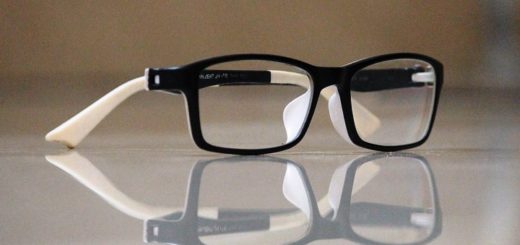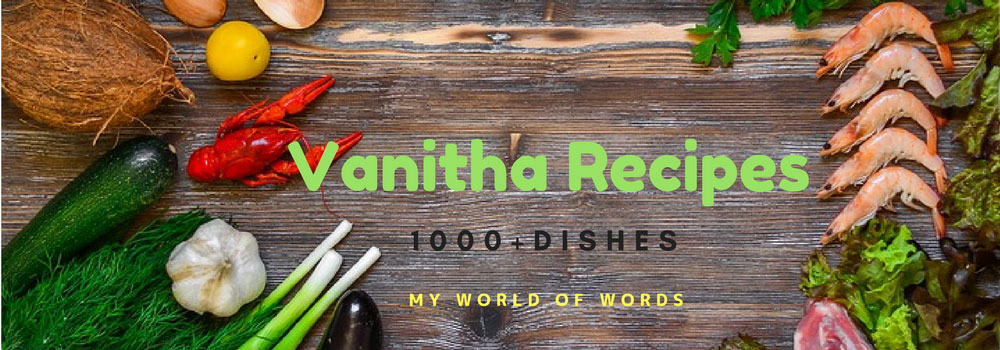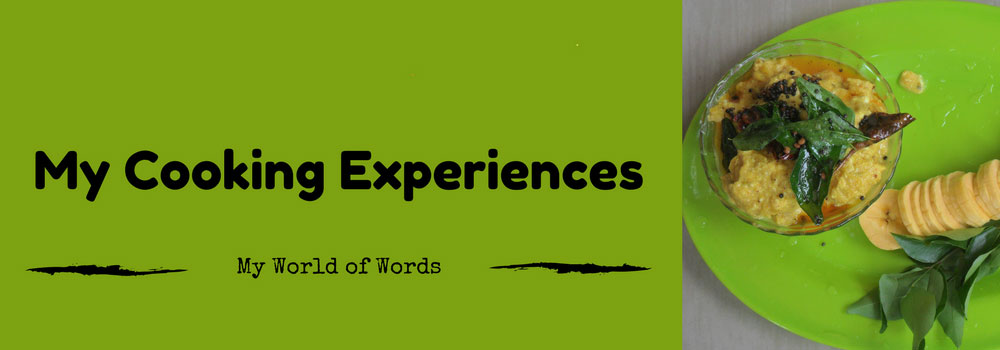Millets – The Super Food. Know their health benefits
When some food items are described as ‘super food’, they should be special. Right? In terms of nutritious effects and health benefits, they have some advantages. Millets come under this category. What are millets? Millets are a highly varied group of small-seeded grasses, widely cultivated across the globe as cereal crops or grain. They are used as fodder and human food also, and in the recent times, they are gaining popularity due to their health benefits.

Apart from their role as a food category for appetite, they are known for health and defense qualities. They are beneficial in preventing life style diseases as well. It’s more than 5000 years since most countries including India started cultivating millets. Through this article, let us know a little more about millets.
Let us know millets
Millets are a group of small seeds which can be included in balanced diet food items. As millets are similar to grains like rice and wheat, they are included in cereal group as well. Then, there is a question. Why millets are not widely consumed like rice or wheat? There is an answer. Rice and wheat were widely cultivated and promoted in our country during Green Revolution, and hence they became more popular. Slowly the cultivation of millets also decreased over time. But their health benefits can’t be neglected as such. That’s why millets as a super food is being discussed across forums in the recent times. As per studies, consumption of millets can protect your body from life style diseases like diabetics, high blood pressure etc.
Millets are of three categories
Major millets, minor millets and pseudo millets – Millets fall under these three main categories. Ragi, jowar and pearl millet are a few examples of major millets. As they are commonly available and are widely cultivated in our country, they are named so. Foxtail millet, Little millet, Barnyard millet, Kodo millet, Proso millet, Browntop millet etc fall under minor millets category. Buckwheat millet and Amaranth seeds belong to pseudo millet category. Though pseudo millets don’t belong to the biological family of millets, they hold the same health benefits of millets.
Millets are high in nutritious content
As per health statics, by the year 2025 69.9 million Indians will have diabetics. Literally India is the ‘Capital for diabetics’. Youngsters are prone to heart diseases. If only given emphasis on proper eating habits and also those habits strictly followed, such an unhealthy condition can be changed into a positive state. Obesity and diabetics can be kept at bay if you follow a healthy lifestyle, alongside adding millets to your daily diet.
Millets are rich in fiber and hence improves digestion. It controls blood pressure and thus improve overall health of heart. It controls diabetics and strengthens muscles also. Millets are rich in vitamins and B-complex. So they are good for pregnant ladies too. Presence of iron, calcium, magnesium and potassium provides healthy teeth and bones. Antioxidant contents improves the immunity of the body. Proteins, fiber, vitamins, minerals – what else you need! 1 cup (174 gm approximate) of boiled millets give you 207 calories of energy. Though millets differ in colour, size, taste and structure, their overall health benefits and nutritious content are more or less same.
Let’s discuss the health benefits of millets
When it comes to health benefits, no other food can beat millets. That’s why they are called, ‘Nutri Cereals’.

Reduce cholesterol levels: Consumption of millets can reduce overall cholesterol level of blood stream. Thus it improves the health of heart.
Protein rich: Amino acids such as lysine, tryptophan etc are comparatively higher in millets. Methionine is present in high quantity in Foxtail millet, Pearl millet etc. They are important in the better co-ordination of proteins and some kind of molecules.
Heart health: Antioxidants present in millets protects the heart. It also reduces bad cholesterol.
Low Glycaemic Index: Millets have low GI comparing with processed rice and wheat. Glycaemic Index is the rate at which blood sugar level increases soon after the consumption of any kind of food. As millets have low GI, nutrients will be absorbed to blood slowly and it directly affects blood sugar level in a positive level. Distribution of glucose through blood also reduces significantly, thus helping in preventing diabetic condition. Yet among all millets, GI of Finger millet (ragi) is high. So, diabetic patients and those who are in prediabetic stage should consult doctor or dietician before consuming ragi.
Gluten-free: Millets are gluten-free. So people who have problems with gluten diet or those suffering from celiac disease can safely consume millets as they don’t cause allergy.
A good calcium supplement: Nothing can beat ragi when it comes to calcium levels. That’s why finger millet is given to infants. Not only kids, people belonging to any age group can consume ragi, which improves the health of bones and teeth. Micronutrients like iron and zinc present in millets helps in reducing anaemic conditions.
Improves digestion: Rich in fiber, millets improve digestion and act as a remedy for constipation. Nutrients are absorbed in a better way too.
Detoxifies body: As millets contain antioxidants, they can detoxify your body. Quercetin, Curcumin and Ellagic acid present in millets help to remove toxic substances from the body.
It reduces the severity of asthma conditions: Magnesium content of millets can reduce the severity of asthma. It is effective in frequent migraines too.
Controls body weight: Millets have less calories, more fiber and less glycaemic index which propel weight loss. It reduces appetite too.
How to consume millets?
Soak millets for 5-6 hours before use. You can use them as main course or add to any other food items to prepare variety dishes. Sprouted millets have more health benefits and nutritious content. But you should consume them as soon as possible, and not store them for days. Millets have anti-nutrients which affects the absorption of nutrients to the body. Hence it’s advisable to soak millets before use.
You can also dry millets and make fine powders. Store them in containers and add to other food items like chapati, steam cake etc. You can also prepare main course dishes like healthy steam cake using millet powders. Advantage of using millets this way is you won’t feel hunger easily.
When you make millets a part of your diet, start with small quantities and slowly increase the quantity. You can mix millets with other cereals like wheat in 50-50 proportion and then slowly increase if you want. It makes you more familiar with their taste, colour and texture.
Though millets have less GI, they are not less-caloric foods. Calories are almost equivalent to rice and hence if consumed excess, they can give negative results also. Use them in a controlled way and that’s the key. If you consume processed millets, their GI will be high and nutritious benefits will decrease.
When you experiment with millet dishes, don’t forget to add proteins and other nutrients. Some millets can affect thyroid functions, especially those suffering from hypothyroidism. If you are suffering from diabetics or obesity, seek expert’s opinion before you start millet diet. They can guide you better.
A few millet dishes for you
Millet Bisi Bele Bath
- Soak 1 cup of Barnyard Millet and half cup toor dal (pigeon pea) for 30-45 minutes.
- Add 4 cups of water, ½ cup vegetables (beans, carrot, green peas), 2 green chillies, 1 small spoon chilli powder, ½ small spoon coriander powder, ¼ small spoon garam masala powder and turmeric powder each, 1 big spoon ghee, salt and cook the ingredients together in a pressure cooker for 4-5 whistles.
- Allow it to cool completely. Add fried cashews and chopped coriander leaves and serve hot.
Beet-Millet Soup
- Cook 1 chopped beetroot, 1 cup Barnyard Millet, 1 big spoon green gram dal together in a pressure cooker. Switch off the pressure cooker after 3 whistles. Allow it to cool off completely and blend well in a mixer.
- Heat 1 small spoon of butter or oil and add 3 cloves of crushed garlic. Fry it till golden brown. Add the smashed millet mixture and boil the contents. Add pepper powder, salt and chopped coriander leaves. Put off the flame.
Mixed Millet Idli
- Take 2 cups of urud dal, 1 cup idli rice, 1 cup of ragi or a mixture of different millets. Wash all the ingredients and soak for 5 hours.
- Grind the ingredients together and prepare the batter adding salt. Allow the batter to ferment overnight and prepare soft idlis next day morning for breakfast.
Millet Appam
- Take 1 cup raw rice, ½ cup ragi, ½ cup Kodo millet, 1 big spoon urud dal, ½ small spoon fenugreek and wash the ingredients. Soak them for 5 hours and prepare batter adding 3 big spoons of cooked rice. Add sufficient salt and allow the batter to ferment overnight.
- Next morning add a little soda powder to the fermented batter and prepare appams as usual.
Foxtail Millet Fried Rice
- Take 1 cup of Foxtail millet, wash well and soak for a few hours. Add 2.25 cups of water, salt and cook Foxtail millet.
- Add 1 big spoon of oil or butter to a pan and sauté onions till they turn golden brown. Add chopped garlic and vegetables of your choice (preferably capsicum, carrot, beans).
- When vegetables are cooked, add cooked Foxtail millet, 2 small spoons of soya sauce, pepper powder and chopped coriander leaves. Mix the ingredients together and serve hot.
Disclaimer: I am not a health expert. So please consult your physician or dietician before beginning your millet diet.
Image source: Pixabay














Recent Comments